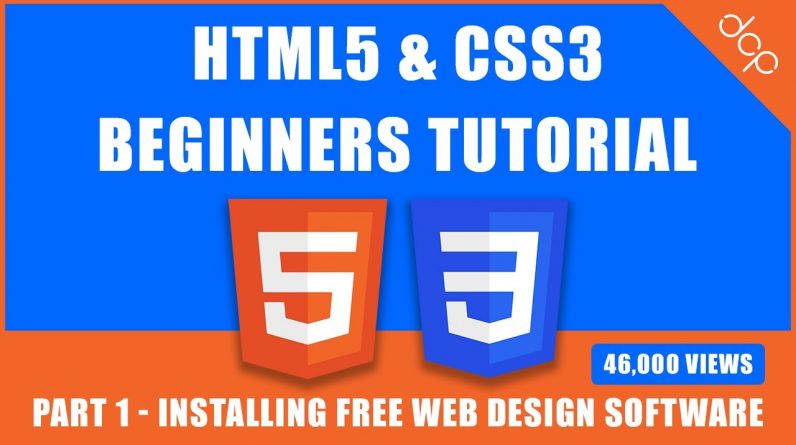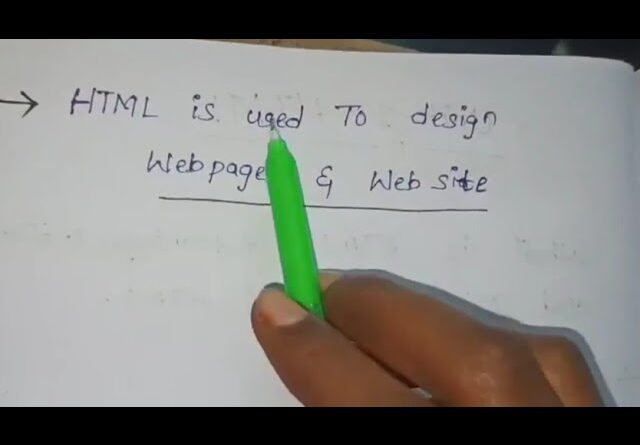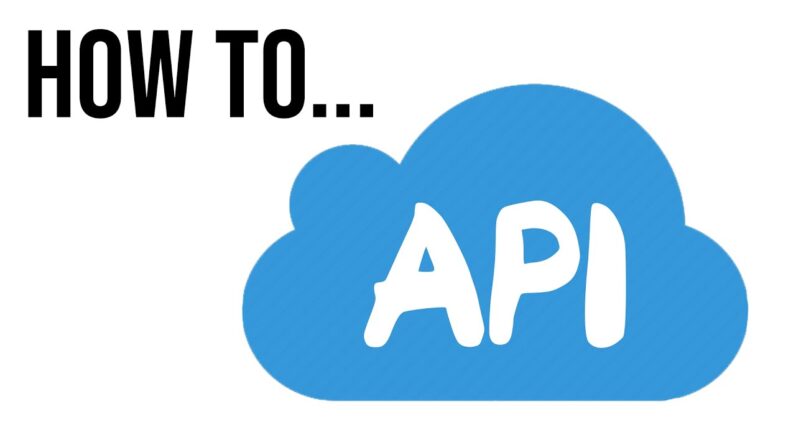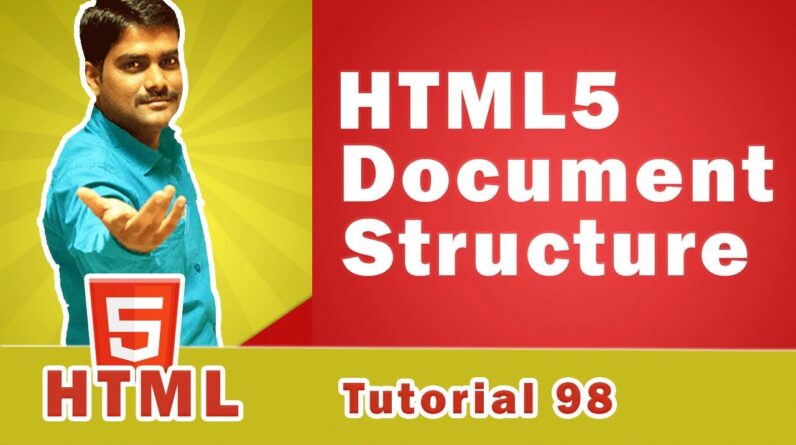
In this video tutorial, we will install Free software which you can use to start coding in HTML5 and CSS3.
In this tutorial series, we will learn how to code a website using custom-written code.
We will validate our code using online tools. We will also format HTML using CSS3 markup + much more.
Download Google Chrome: https://www.google.com/chrome/
Download NotePad++ (Windows Users) : https://notepad-plus-plus.org/
Download Brackets.io (MAC Users) : http://brackets.io/
What is HTML5
HTML 5 (formerly spelt HTML5[a]) is a software solution stack that defines the properties and behaviours of web page content by implementing a markup-based pattern to it.
HTML 5 is the fifth and current major version of the HTML standard and subsumes XHTML. It currently exists in two standardized forms: HTML 5.2 Recommendation[4] by the World Wide Web Consortium (W3C, a broad coalition of organizations), intended primarily for Web content developers; and HTML Living Standard[5] by WHATWG (a small consortium of four browser vendors), intended primarily for browser developers, though it also exists in an abridged Web developer version.[6] There are minor conflicts between the two groups’ specifications.
HTML 5 was first released in public-facing form on 22 January 2008, with a major update and “W3C Recommendation” status in October 2014.[2][8] Its goals are to improve the language with support for the latest multimedia and other new features; to keep the language both easily readable by humans and consistently understood by computers and devices such as Web browsers, parsers, etc., without XHTML’s rigidity; and to remain backwards-compatible with older software. HTML 5 is intended to subsume not only HTML 4, but also XHTML 1 and DOM Level 2 HTML;[9] the HTML 4 and XHTML specs were announced as superseded by HTML 5.2 on 27 March 2018.
Read More: https://en.wikipedia.org/wiki/HTML5
What is CCS3
CSS is designed to enable the separation of presentation and content, including layout, colours, and fonts. This separation can improve content accessibility, provide more flexibility and control in the specification of presentation characteristics, enable multiple web pages to share formatting by specifying the relevant CSS in a separate .css file and reduce complexity and repetition in the structural content.
Separation of formatting and content also makes it feasible to present the same markup page in different styles for different rendering methods, such as on-screen, in print, by voice (via speech-based browser or screen reader), and on Braille-based tactile devices. CSS also has rules for alternate formatting if the content is accessed on a mobile device.
The name cascading comes from the specified priority scheme to determine which style rule applies if more than one rule matches a particular element. This cascading priority scheme is predictable.
Read More: https://en.wikipedia.org/wiki/Cascading_Style_Sheets
Subscribe to access 500+ video tutorials: https://www.youtube.com/dcpwebdesigners
Contact me on:
Instagram: https://www.instagram.com/dcp_web_designers/
Facebook: https://www.facebook.com/dcpwebdesigners/
Pinterest: https://www.pinterest.co.uk/dcpwebdesigners/
LinkedIn: https://www.linkedin.com/in/dcpwebdesigners/
#HTML5Tutorial #CSS3Tutorial #dcpweb
Free tutorials, infographics, articles: https://www.dcpweb.co.uk/blog
CSS3 Beginners Tutorial 2019, html5 beginners tutorial, html5 beginners tutorial 2019, html5 tutorial for beginners 2019, install free website design software, website builder, html5 and css tutorial for beginners in english, CSS3 Beginners Tutorial, html5 beginners, html5 projects for beginners, html 5 projects for beginners, html 5 for beginners, html5 for beginners, html5 for beginners tutorial, CSS3 Beginners Tutorial 2020, html5 tutorial for beginners 2020







